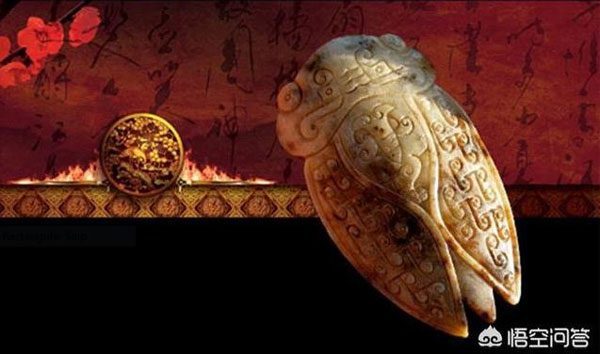In ancient China, it was customary to place objects in the mouths of the deceased. Why did they do this?
The ancient Chinese placed great importance on bidding farewell to a person as they transitioned to the afterlife. Regardless of wealth, the essential funeral rites had to be carried out properly. Among these customs was a particularly unique practice of placing an object in the mouth of the deceased. This tradition holds certain meanings:
– Firstly, the ancients believed that after death, everyone descended to the underworld. Placing an object in the mouth would instruct them to remain silent and not speak too much about the earthly realm.
– Secondly, no one wanted their loved ones to depart in a state of hunger or thirst. Therefore, they placed items in the mouth as a symbol of abundance and wealth, allowing the deceased to depart peacefully to the afterlife. Some beliefs even suggested that the treasures placed in the mouth could serve as “travel expenses” to ensure a smoother journey to the realm of the dead.
– Thirdly, the ancients believed that this act fulfilled the wishes of the deceased. Historical documents indicate that Emperor Qianlong, after his death, had a jade pendant shaped like a cicada placed in his mouth. This pendant is thought to metaphorically represent the image of a cicada shedding its skin, symbolizing the desire for rebirth.
The specific item placed in the mouth was not strictly regulated. It could be a simple piece of jade or more valuable items like jadeite, pearls, or even something as simple as an eggshell, rice, or grains, depending on the family’s circumstances.
The custom of placing valuable items such as gold, silver, and jewels in the mouths of the deceased is recorded in historical texts under the term “kouhan.”
The “Book of Rites” (an ancient text from the Zhou Dynasty documenting the rituals and customs) mentions “great mourning with rice symbolizing jade or real jade placed in the mouth of the deceased.” This means that during mourning, rice should be used to symbolize jade or actual jade should be placed in the mouth of the departed.
According to the “Shuo Wen Jie Zi” (a dictionary from the Han Dynasty), “kouhan” is interpreted as “placing jade in the mouth of the deceased to send them off.”
For commoners, who might not have been financially well-off, they could simply place copper coins in the mouth. Wealthier families would use jade pieces crafted into various shapes. The ancient Chinese believed that having jade in the mouth could prevent the deceased’s body from decaying and rotting.

Illustrative image.
During the Han Dynasty, people favored jade crafted in the shape of cicadas. By the Tang and Song Dynasties, this custom gradually became more elaborate and formalized, with gold, silver, and jadeite becoming popular and widely used.
In ancient times, the class that placed the most importance on rituals was the royal family. Among them, the funeral of Empress Dowager Cixi during the Qing Dynasty is known to be one of the most extravagant and costly funerals.
As a powerful woman renowned for her royal lifestyle, Empress Dowager Cixi was, of course, given a lavish send-off. In terms of customs, she adhered to the usual practices but was undoubtedly provided with the most valuable treasures in history.
This treasure was a pearl weighing approximately 787.28 carats (over 157 grams). In 1908, it was valued at 10.8 million taels of silver (approximately 2.9 trillion VND). According to some research, this pearl could be the famous diamond of the Mughal Empire. However, after the fall of this dynasty, the precious stone was lost. In 1760, Emperor Qianlong sent troops to suppress rebellions at the border, and it is believed that the pearl entered the Qing Dynasty at that time. Later, it was presented to Empress Dowager Cixi.
Historical records indicate that the pearl could shine so brightly that it illuminated human hair at night within a range of 100 steps. Additionally, this treasure had strong antibacterial properties. Perhaps this is why Empress Dowager Cixi’s body remained fresh and rosy even after being buried for many years.
During her lifetime, Empress Dowager Cixi was known for her penchant for collecting jewels and extravagant spending. Thus, the billion-dollar pearl placed in her mouth, along with numerous treasures inside her coffin, was also thought to satisfy the greed for wealth and luxury of the Old Buddha.
In 1928, Sun Dianying and a group entered the Eastern Qing Tombs (the burial site for Qing nobility) to excavate and loot valuable items from Empress Dowager Cixi’s tomb. The pearl also disappeared without a trace from that time onwards.


















































